Robinson Forest
The Robinson Forest is partnering with the Adaptive Silviculture for Climate Change (ASCC) Network to test silvicultural treatments aimed at climate change adaptation. This study will not only improve the health and function of the Robinson Forest but will also serve as an example of climate-adaptive management for the central Appalachian region.
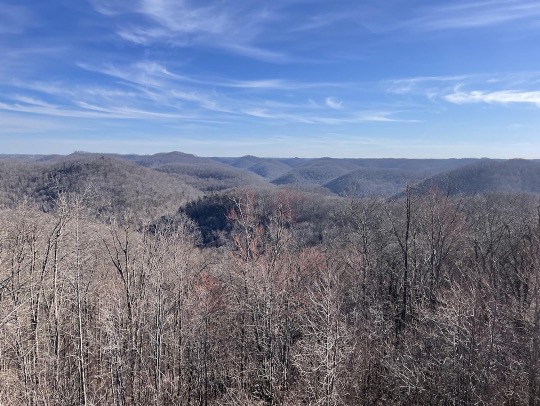
The ASCC Network works closely with local managers, scientists, and partners to design a series of silvicultural case studies to test on-the-ground climate change adaptation treatments. The Robinson Forest was granted to the University of Kentucky in 1923 following a large clearcut and has since provided researchers, students, and outdoor enthusiasts a chance to learn from the nearly 15,000-acre property. The forest is dominated by oak and hickory species on dry, south-facing slopes, with diverse hardwoods on north-facing slopes and cooler, wetter areas. All 16 ASCC units are currently overstocked— leading to greater fire risk, reduced forest health, and the lack of establishment of seedlings. While the land has been used and managed by Indigenous peoples such as the Cherokee, Yuchi, Shawnee, and Adena for centuries before American colonization, the most recent impacts to the forest are past landowner management along with mining and logging operations from the 19th and 20th centuries.
Key Projected
Climate Change Impacts
Key projected climate change impacts that are anticipated for the Robinson Forest include:
- Increased risk of flash flooding, runoff, and intense storm events.
- Increased risk of drought stress exacerbated by longer, hotter growing seasons.
- Increased risk of wildfires due to higher temperatures and drought conditions.
Climate change will present unique challenges and opportunities for accomplishing the management objectives of the Robinson Forest, including:
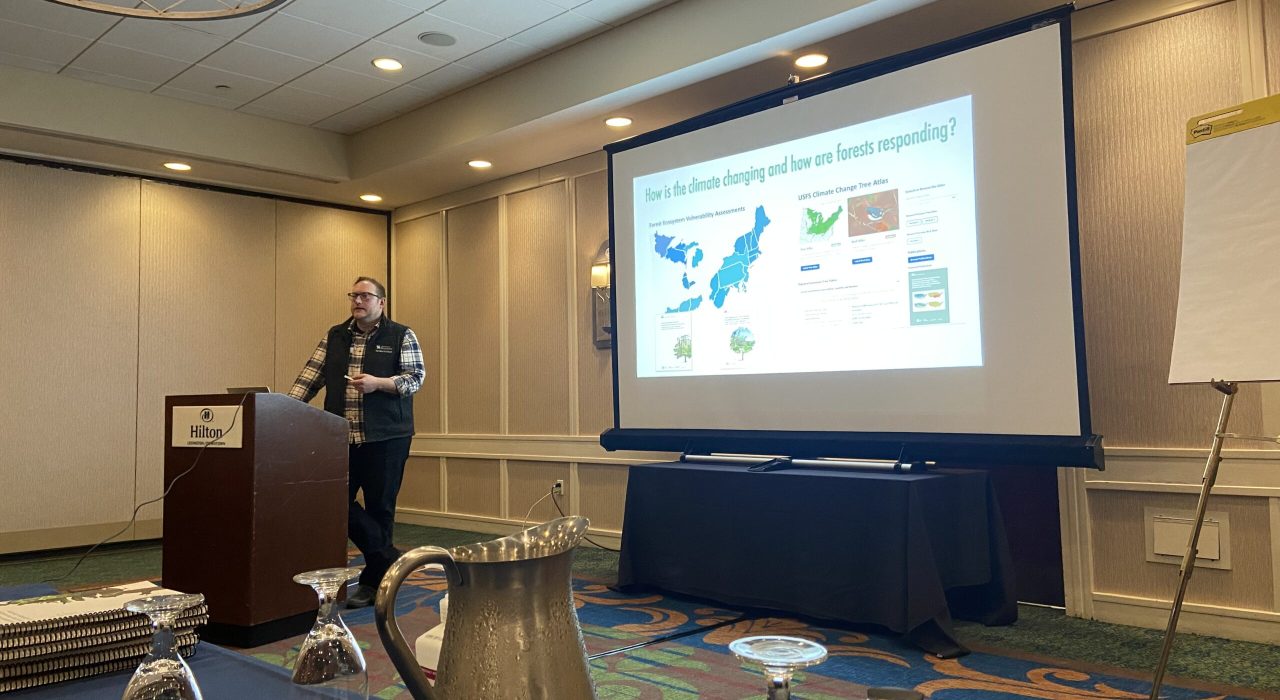
Challenges
- Combatting invasives pests and plants such as spongy moths and cogon grass. Both of these species, as well as other invasives, may benefit from warmer winter temperatures and elevated CO2 levels.
- Both flash floods and flash droughts— flood or drought events that often appear without warning and are particularly intense but shorter than a prolonged drought or flood— will occur more frequently, which could limit plant growth and increase erosion risks. Towns downstream of the Robinson Forest have already experienced dangerous flash floods; this project will ideally inform managers how to sustain healthy forests that help reduce the severity of flash flooding and protect downstream communities.
Opportunities
- Many staple species have high adaptive capacity to anticipated changes in climate for the region such as white oak— which is drought and fire tolerant— and pignut hickory— which is drought and flood tolerant.
- Stand density reductions (tree harvests) provide the Robinson Forest an opportunity to increase forest health and wildfire resilience while stimulating the local timber economy— especially when high-value species such as white oak need to be removed.
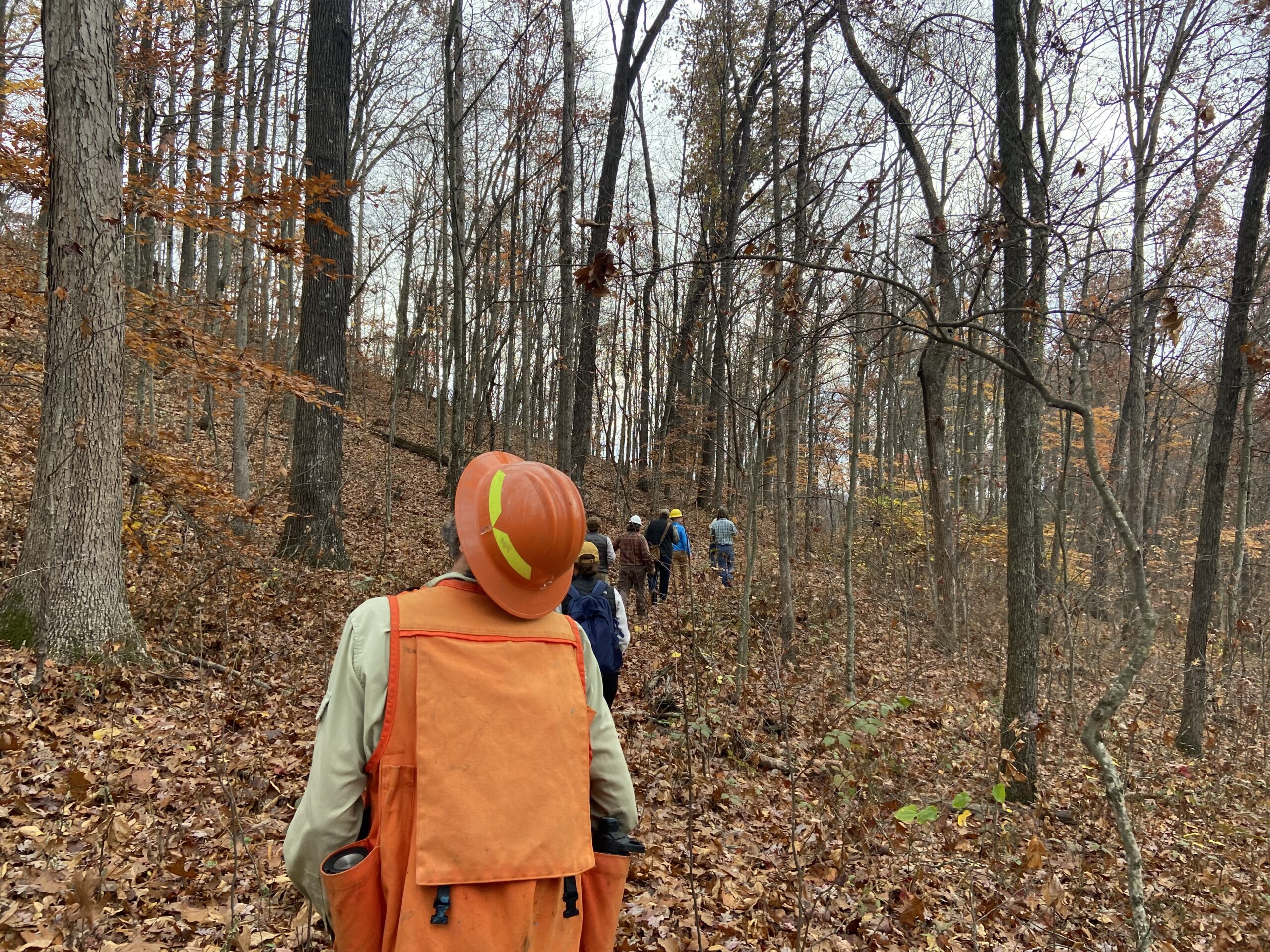
Management Goals & Treatments

Resistance
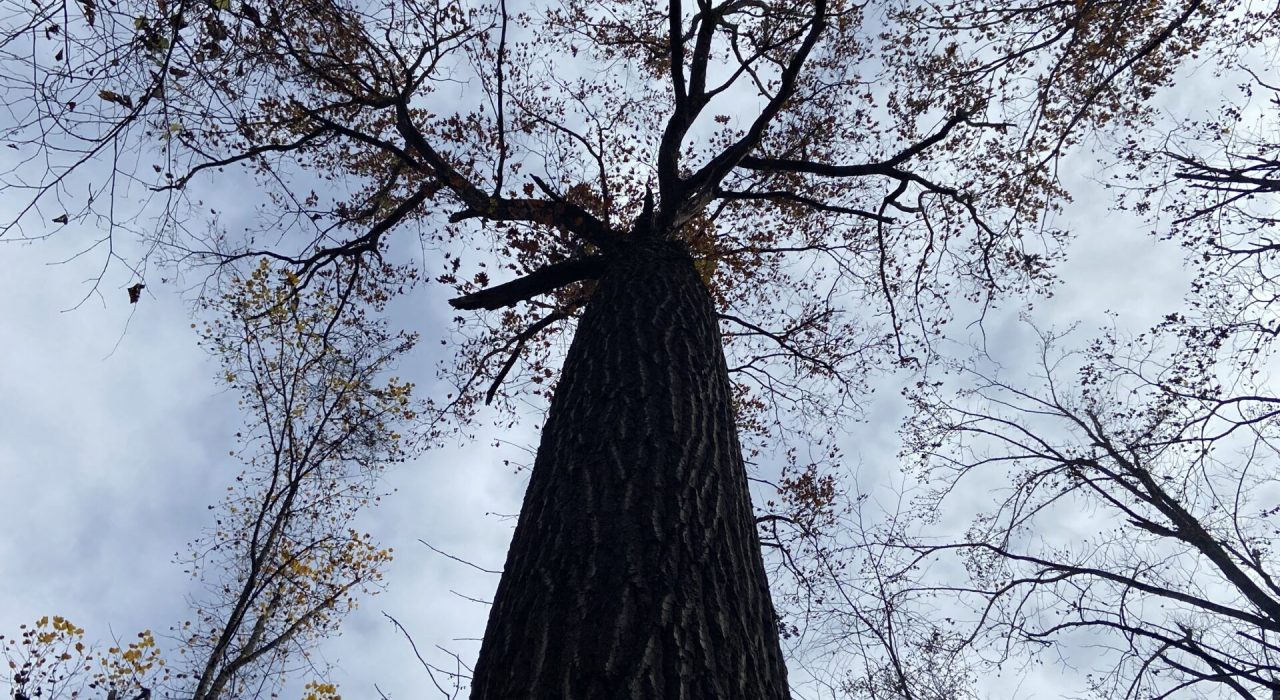
Resilience
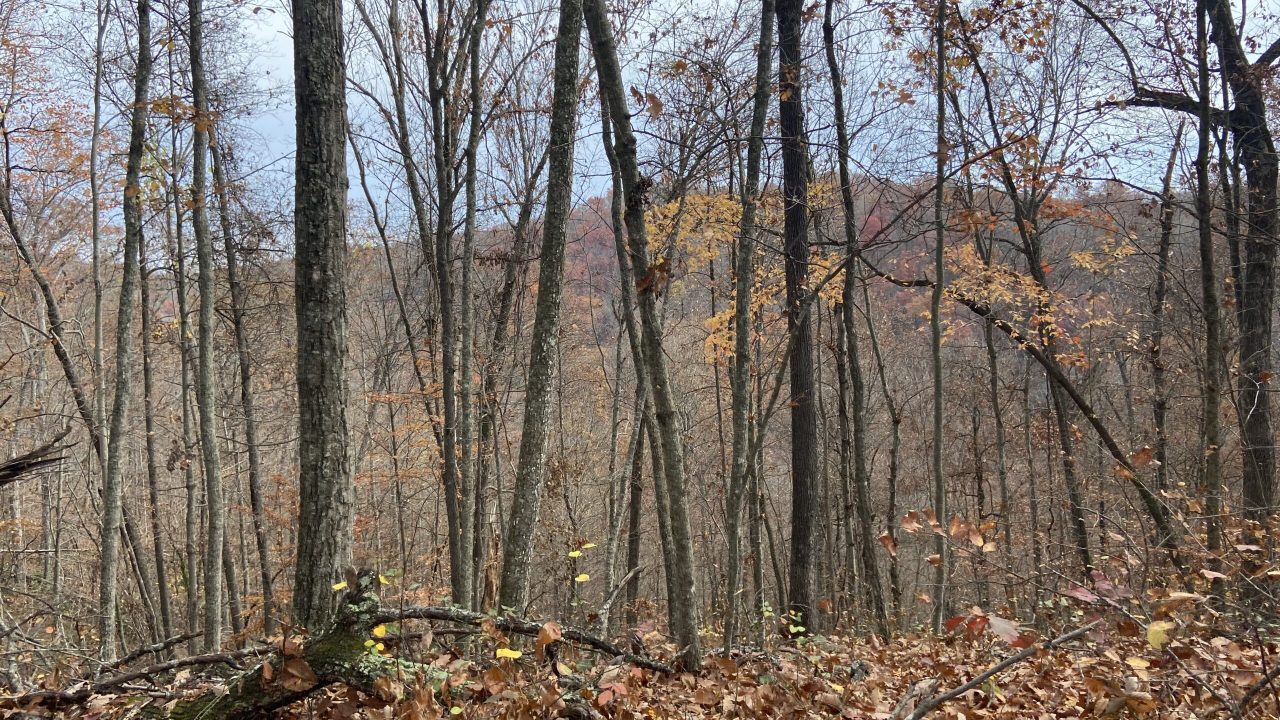
Transition
Implementation
A team of natural resources experts from Kentucky participated in a 3-day ASCC workshop in November 2022 to synthesize local knowledge and plan the silvicultural treatments for each of the adaptation options. The Kentucky team and the ASCC Network created management objectives, desired future conditions, and locally specific silvicultural practices to achieve their goals and to craft a plan for each of the following adaptation options:
Monitoring
Pretreatment data has recently been collected and silvicultural treatments are anticipated to start in 2024. Tree marking and timber sale expected to be completed by summer of 2024. Harvesting expected to be completed winter 2024-25.
Following treatment, monitoring will assess the efficacy of the treatments and the health of the forest. Project participants identified several monitoring items that could help inform future management, such as:
- Regeneration of native and novel seedlings, particularly oak species
- Invasive insects and pathogens such as spongy moth or phytoptera
- Microclimate and soil conditions
- Wildlife habitat
Monitoring will be conducted years 1, 3, 5 and 10 post treatment installation and will include overstory and understory vegetation monitoring, microclimate and light gradients, including hemispherical photography.
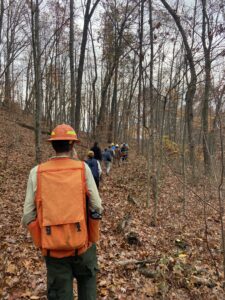
Progress & Next Steps
Each of the adaptation treatments will be replicated 4 times across a 400-acre (160-hectare) area on the Robinson Forest. Pretreatment data has recently been collected and silvicultural treatments are anticipated to start in 2024.
Site Leads & Partners
Jacob Muller and John Lhotka (University of Kentucky) are the site leads for the Robinson Forest ASCC Site. Other key partners include The University of Kentucky Department of Forestry & Natural Resources, University of Kentucky Department of Plant & Soil Sciences, U.S. Department of Agriculture, U.S. Forest Service, Daniel Boone National Forest, Kentucky Natural Resources Conservation Service, Kentucky Division of Forestry, and the Kentucky Forest Industries Association.

Jacob Muller
Robinson Forest ASCC Site Lead
Assistant Professor of Hardwood Silviculture & Forest Operations Extension
University of Kentucky
730 Rose Street
Lexington, KY 40546-0073
(859) 257-5666
jacob.muller@uky.edu

John Lhotka
Robinson Forest ASCC Site Co-Lead
Professor of Silviculture, Department of Forestry and Natural Resources
University of Kentucky
730 Rose Street
Lexington, KY 40546-0073
(859) 257-9701
john.lhotka@uky.edu
